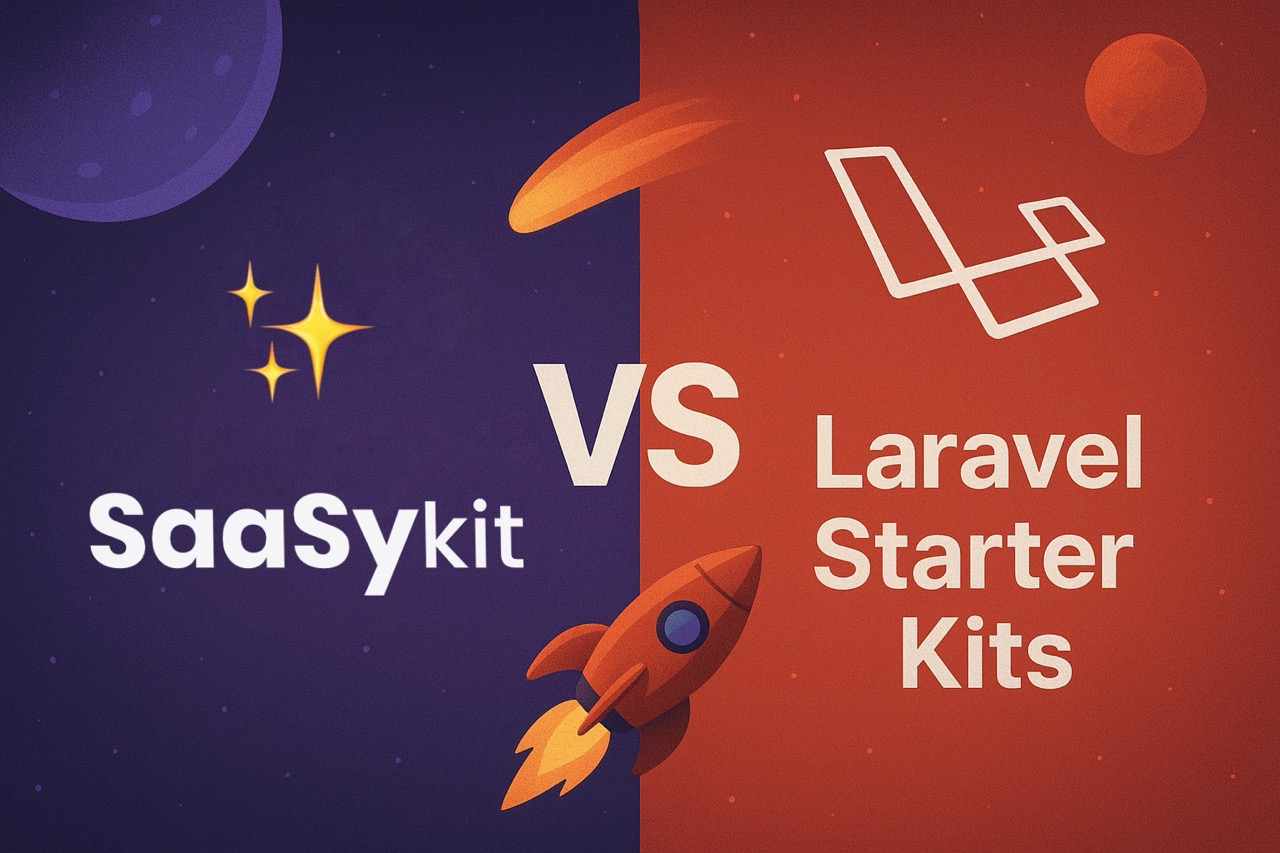How to Build and Launch a Micro SaaS

Micro SaaS is a term that has been making waves in the tech industry recently especially among indie developers, or in other words "solopreneurs".
Micro SaaS stands for Micro Software as a Service. It is a modern business model that is quickly gaining traction due to its scalability, cost-effectiveness, relative ease of implementation and potential for high returns. This model revolves around creating niche software products that cater to a specific audience or solve a particular problem, delivered through the web.
In essence, micro SaaS is a subset of the broader Software as a Service (SaaS) model. However, instead of aiming to serve a mass market with comprehensive software solutions, micro SaaS targets smaller, more specific markets with tailored applications. This business model is typically built and managed by individuals or small teams, making it a viable option for entrepreneurs, startups, and small businesses, or indie makers (solopreneurs).
Why Micro SaaS?
One characteristic of micro SaaS that sets it apart from traditional SaaS is its size and scope. These businesses are typically lean and focus on doing one thing exceptionally well. A micro SaaS business may offer a single feature or a small set of features that address a specific need in the market. This focus allows micro SaaS businesses to deliver high-quality solutions at a lower cost than larger, more complex SaaS businesses.
Another key aspect of micro SaaS is its scalability. Because these businesses operate online and deliver their services via the cloud, they can easily scale up or down depending on demand. This flexibility is particularly advantageous for small businesses (or teams of one), which may not have the resources to invest in large-scale software development.
Furthermore, the rise of micro SaaS can be attributed to the democratization of technology. In the past, developing and distributing software required significant financial investment and technical expertise. However, with the advent of cloud computing, APIs, and readily available development tools, the barrier to entry has been dramatically lowered. This democratization empowers entrepreneurs with innovative ideas to bring their solutions to market quickly and cost-effectively, without the need for extensive capital or a large team.
Moreover, the market demand for niche solutions has been steadily growing. As industries become more specialized and businesses seek tailored solutions to their unique challenges, there's a greater demand for niche software that addresses specific pain points. Micro SaaS fills this gap by offering focused solutions that cater to niche markets or particular aspects of larger industries. By targeting these specific needs, micro SaaS businesses can carve out their place in the market and attract customers who are seeking highly specialized solutions rather than one-size-fits-all alternatives.
Micro SaaS vs. Traditional (Mega) SaaS
-
Scope and Focus:
- Micro SaaS: Micro SaaS typically focuses on a narrow niche or offer a specific feature set addressing a particular pain point. The scope is limited, allowing for a laser-sharp focus on delivering value in a single area.
- Traditional SaaS: Traditional SaaS businesses often aim for broader market appeal, offering comprehensive solutions that cater to a wide range of needs within an industry or across multiple industries. The scope tends to be larger, requiring more extensive development and feature sets to meet diverse customer requirements.
-
Resources and Investment:
- Micro SaaS: Launching a micro SaaS business requires comparatively fewer resources. With a smaller scope, entrepreneurs can develop and deploy their product with minimal upfront investment. The lean nature of micro SaaS allows for rapid prototyping and iteration, often leveraging existing tools, APIs and platforms to streamline development.
- Traditional SaaS: Building a traditional SaaS platform typically demands more significant financial investment and resources. Developing comprehensive solutions with extensive feature sets requires a larger development team, longer development cycles, and substantial funding for infrastructure, marketing, sales, and customer acquisition, etc.
-
Market Approach:
- Micro SaaS: Micro SaaS businesses often target niche markets or underserved segments within larger industries. They capitalize on specific pain points or emerging trends, offering specialized solutions that address targeted customer needs. Marketing strategies may involve targeted outreach, content marketing, and building a community around the niche.
- Traditional SaaS: Traditional SaaS businesses aim for broader market penetration, often targeting established industries or market segments with comprehensive solutions. Marketing efforts may include broader advertising campaigns, partnerships with industry leaders, and extensive customer education to showcase the platform's versatility and comprehensive features.
-
Scaling and Growth:
- Micro SaaS: Micro SaaS businesses can scale more gradually, focusing on organic growth within their niche market. The lean infrastructure and focused approach allow for agile scaling as customer demand increases. Expansion may involve adding complementary features or expanding into related niches while retaining the core focus.
- Traditional SaaS: Traditional SaaS businesses typically aim for rapid scaling and market expansion. With a broader scope and larger customer base, hiring more employees, scaling requires more extensive infrastructure, resources, and strategic planning to support increased demand while maintaining service quality and reliability.
How to Build Micro SaaS?
Building a micro SaaS is not that different from building any real normal business. The recipe is simple, but doesn't mean it's easy. Here is a break down of it:
1. Identify a Niche: The first step in building your micro SaaS is to identify a niche. This should be a specific area or industry where you see a need that isn’t currently being met. It might be something related to your current job or a problem you’ve encountered in your personal life. The more specific and narrower your niche, the better.
2. Validate the Idea: Once you’ve identified a niche, the next step is to validate your idea. This involves conducting market research to determine if there is a demand for your proposed product or service. You can do this through surveys, interviews, or even by running a small pilot project.
3. Develop a Minimum Viable Product (MVP): After your idea has been validated, you should then develop a Minimum Viable Product (MVP). The MVP is a version of your product with just enough features to satisfy early customers, and to provide feedback for further product development.
4. Launch and Market Your Product: Now that you have your MVP, it’s time to launch your micro SaaS. This includes setting up a website, creating a marketing strategy, and getting your product in front of potential customers. Keep in mind that marketing for micro SaaS is typically more targeted and niche-specific.
5. Gather Feedback and Improve: Once your product is out in the market, it’s crucial to gather feedback from your customers. This feedback will help you make improvements to your product, and better meet the needs of your customers. Always be iterating and improving.
6. Scale Your Business: As your customer base grows, you’ll need to think about how to scale your business. This might involve hiring more staff, expanding your product offerings, or even seeking outside investment.
While the options for micro SaaS ideas are vast, focusing on a specific niche and diligently following the steps outlined above will help streamline the decision-making process and ensure that your efforts are directed towards solving a genuine problem in the market.
Remember, success in the world of micro SaaS often depends on understanding your target audience, delivering value, and continuously iterating to meet evolving needs.
SaaSykit is a SaaS boilerplate that's specifically made for small teams or solopreneurs who want to launch their micro SaaS fast. It comes ready with all the components needed to run a modern SaaS, like customizable branding and colors, themes, integrations with payment providers (Stripe, Paddle and Lemon Squeezy), subscription and one-time purchase product support, discounts, a ready blog, a beautiful admin panel and customer dashboard, social login via Google, Facebook, X and much more.
Check how SaaSykit can save your time while building your SaaS.


